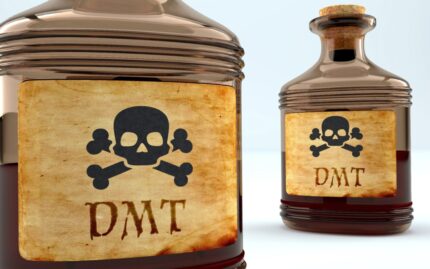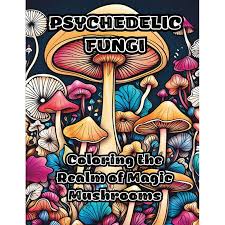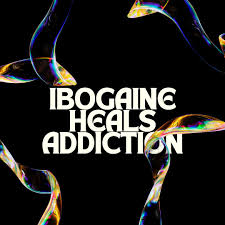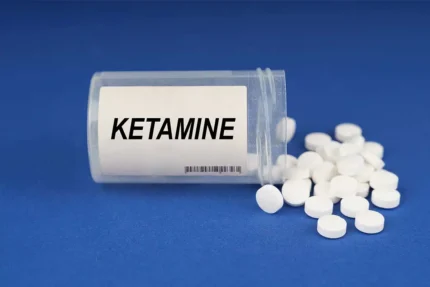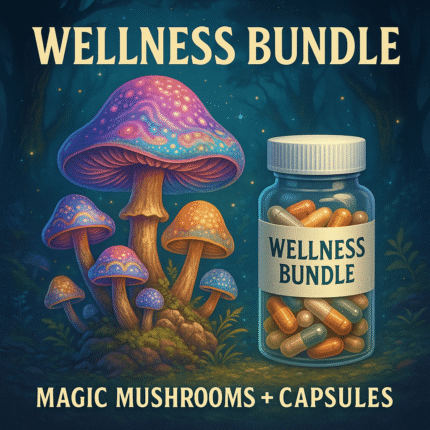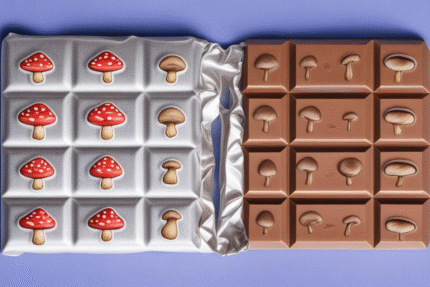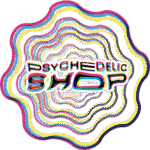Blog
How Tryptamines Work in the Brain: A Neuroscience Overview
How Tryptamines Work in the Brain: A Neuroscience Overview
How Tryptamines Work in the Brain. Tryptamines are a class of compounds that play a significant role in brain function, particularly in mood regulation, perception, and cognition. They include naturally occurring neurotransmitters like serotonin (5-hydroxytryptamine, or 5-HT) as well as psychedelic substances such as DMT (dimethyltryptamine), psilocybin (from magic mushrooms), and 5-MeO-DMT. Here’s a neuroscience-focused overview of how tryptamines interact with the brain:
1. Chemical Structure and Classification – How Tryptamines Work in the Brain
Tryptamines are derived from the amino acid tryptophan and share a common indole ring structure. This similarity allows them to bind to serotonin receptors, especially the 5-HT (serotonin) receptor family, which is central to their effects.
2. Endogenous vs. Exogenous Tryptamines
- Endogenous (naturally occurring in the body):
- Serotonin (5-HT): Regulates mood, sleep, appetite, and cognition.
- Melatonin: Regulates circadian rhythms; synthesized from serotonin.
- DMT (possibly endogenous): Small amounts may be produced in the human brain, particularly in the pineal gland (though this is still debated).
- Exogenous (external compounds):
- Psilocybin (converted to psilocin in the body)
- DMT and 5-MeO-DMT
- LSD (though structurally different, acts on tryptamine-sensitive receptors)
3. Primary Brain Targets: 5-HT Receptors
The effects of tryptamines are largely mediated through 5-HT2A receptors, primarily found in the prefrontal cortex and other cortical areas.
- 5-HT2A Activation:
- Leads to increased cortical excitation, especially in the default mode network (DMN) and visual cortex.
- Associated with altered perception, ego dissolution, mystical experiences, and changes in time and space perception.
- Other Serotonin Receptors:
- 5-HT1A: Involved in anxiolytic and antidepressant effects.
- 5-HT2C: Influences mood, appetite, and anxiety.
- Psychedelics may also affect dopamine and glutamate systems, contributing to their complex effects.
4. Neurotransmitter Release and Brain Network Modulation
- Disruption of Default Mode Network (DMN):
- The DMN is associated with self-referential thought, and its suppression is linked to the “ego-dissolution” reported during psychedelic experiences.
- Tryptamines reduce connectivity within the DMN while increasing global connectivity, allowing for new patterns of information flow.
- Enhanced Neural Plasticity:
- Tryptamines may promote neurogenesis and synaptogenesis, increasing the brain’s capacity for learning and adaptation.
- Evidence suggests that psychedelics can “reset” maladaptive neural circuits, especially in depression and PTSD.
5. Pharmacokinetics and Metabolism
- Psilocybin: Rapidly converted to psilocin, which crosses the blood-brain barrier and binds to 5-HT2A receptors.
- DMT: Typically inactive orally due to MAO (monoamine oxidase) breakdown; ayahuasca includes MAO inhibitors (like harmine) to make DMT active when consumed orally.
- Short Half-Life: Many tryptamines are rapidly metabolized, though effects can be intense and short-lived (e.g., smoked DMT lasts ~10–30 minutes).
6. Therapeutic Potential and Research – How Tryptamines Work in the Brain
Recent studies have shown tryptamines have promising therapeutic effects:
- Depression & Anxiety: Rapid-acting, sustained antidepressant effects (e.g., psilocybin-assisted therapy).
- PTSD & Addiction: Potential to break entrenched behavioral patterns and reduce fear memory.
- Cluster Headaches: Anecdotal reports of DMT and psilocybin relieving symptoms.
7. Risks and Considerations
- Safety Profile: Generally physiologically safe, with low toxicity and non-addictive potential.
- Psychological Risks: Can cause acute anxiety, psychotic-like episodes, especially in those with predispositions to mental illness.
- Set and Setting: The environment and mental state during use strongly influence outcomes.
Summary – How Tryptamines Work in the Brain
Tryptamines exert their effects primarily through serotonin receptor activation, especially 5-HT2A, leading to widespread changes in cortical processing, network connectivity, and neuroplasticity. These effects underlie their profound influence on perception, consciousness, and mental health, making them both powerful research tools and promising therapeutics.
-
DMT
Price range: $299.00 through $600.00 -
DMT Pens
$350.00 -
Dried Mushrooms
Price range: $210.00 through $220.00 -
Ibogaine
Price range: $210.00 through $350.00 -
Ketamine
Price range: $210.00 through $375.00 -
LSD
Price range: $250.00 through $350.00 -
Magic Mushroom Capsules
$250.00 -
MDMA
Price range: $250.00 through $320.00 -
Mushroom Chocolate Bars
Price range: $235.00 through $240.00

